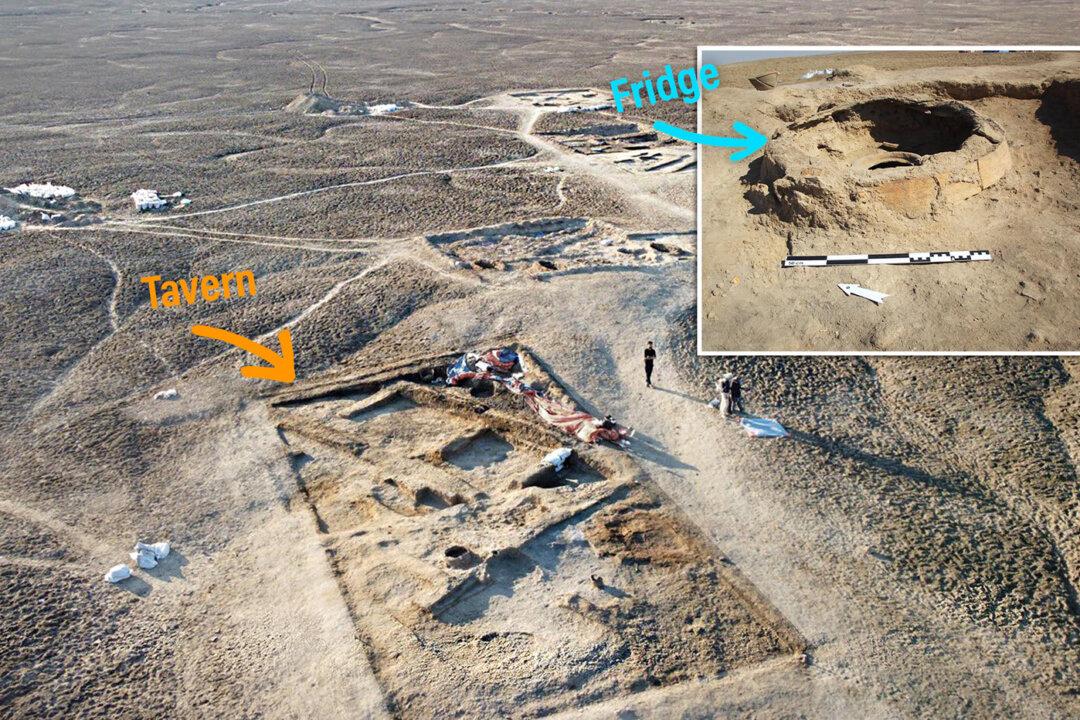The Mesopotamian ancients might have done as many modern folk do, dropping into their local pub on the way home to cap off their daily grind, evidence now shows.
The remains of a “tavern”—complete with an ancient fridge, oven, benches, bowls, and beakers—have been unearthed by researchers in Lagash, an ancient urban area in southern Iraq.






